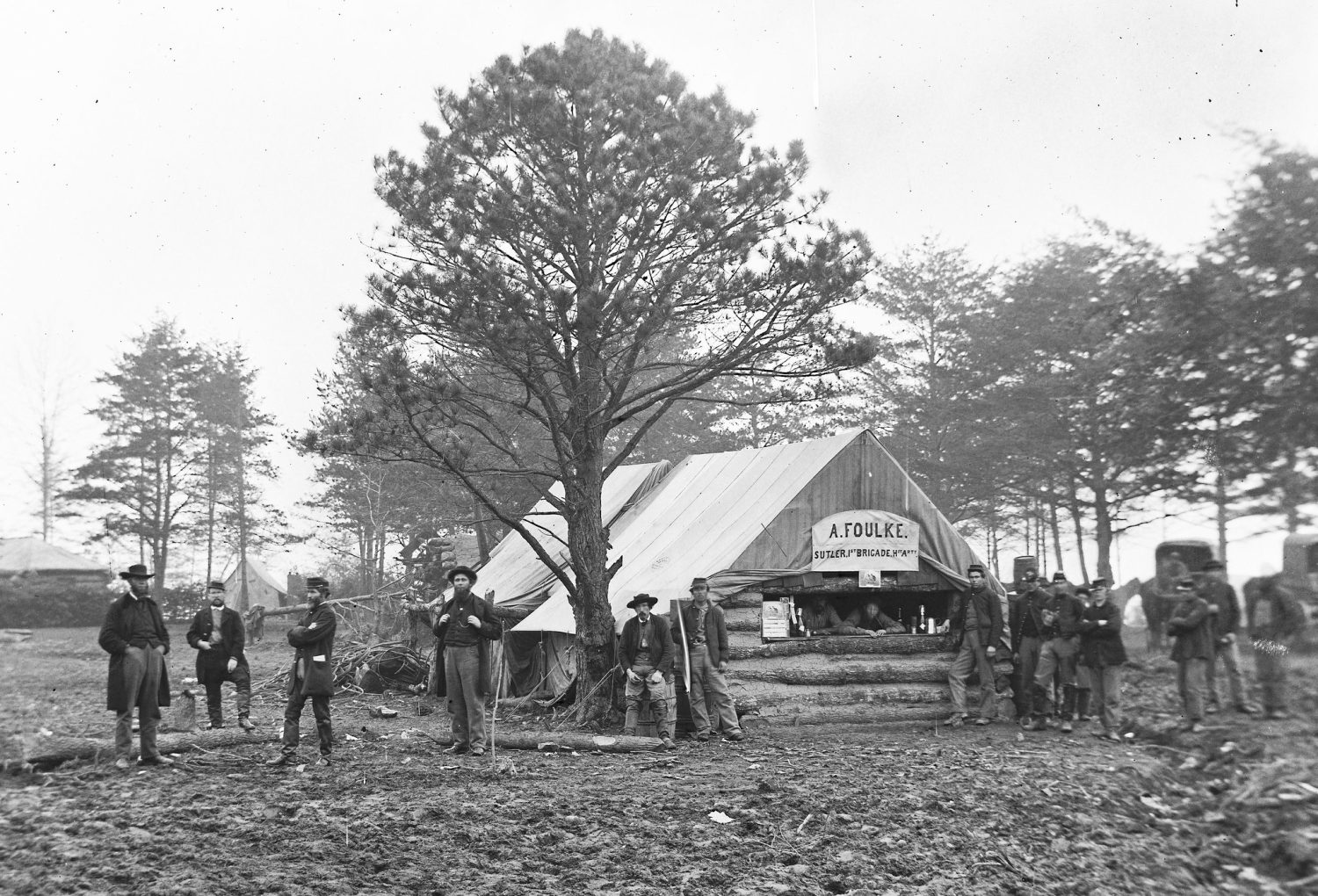On June 30, 1776—247 years ago today, during the Revolutionary War—the American Articles of War enacted rules and regulations for “civilian traders [who] were given sales commissions to supply General Washington’s army with chewing tobacco, snuff, blankets, knives and other items of ‘ordinary use.’”
Civilian trading with the military went all the way back to ancient Rome and Egypt. In America, it dated back to the French and Indian Wars of 1689 to 1763. The traders became known as “sutlers” or “hawkers,” defined as those “who follow an army and sell to the troops provisions.”
Under the regulations for the government of the Army during the Revolutionary War, each post or regiment was typically authorized to appoint one settler, who could sell to troops on credit. When a Soldier’s debt was unacknowledged, the paymaster was authorized to deduct the amount from the Soldier’s pay and pass it along to the sutler.

Under the General Regulation for the Army (1835), provision was made for sutlers to receive warrant appointments from the secretary of war. They were considered to be superior to all enlisted Soldiers but had no authority over noncommissioned officers or Soldiers. Sutlers had a four-year term of office, overseen by a post council or administration. The sutlers were assessed a fee per officer and assisted Soldier. Money from the fees provided the basis for the post fund, which was to be used for recreation and welfare.
Sutlers made a lot of their money from liquor sales, and because of the potential for higher profits, they often encouraged Soldiers to buy liquor, which frequently led to drunkenness among the troops. Sutlers also tended to sell shoddy merchandise to troops at high prices. Abuses such as these increased during the Civil War.
Trying to get rid of unscrupulous sutlers, the War Department — today’s Department of Defense — replaced them in 1876 with post traders, independent businessmen who paid the department for the rights to set up shops in Army camps.
However, some post traders turned out to be as corrupt as the sutlers, which led to the impeachment of the Secretary of War.
“Canteens” replaced the post traders, starting with Vancouver Barracks’ canteen in what is now Washington State. The popularity of canteens, fueled by the fact that they kept Soldiers on base, spread throughout the developing West.
The War Department changed the name from “canteen” to “post exchange” to avoid being associated with the reputed bawdy nature of the British canteens.
On July 25, 1895, the department then created the post exchange system, which has since grown into the Army & Air Force Exchange Service, one of the country’s largest retailers. PXs and BXs worldwide will celebrate the Exchange’s 128th anniversary in July.
Sources: “One Hundred Years of Service: A History of the Army and Air Force Exchange Service; Exchange History on Flickr.


Leave a Reply